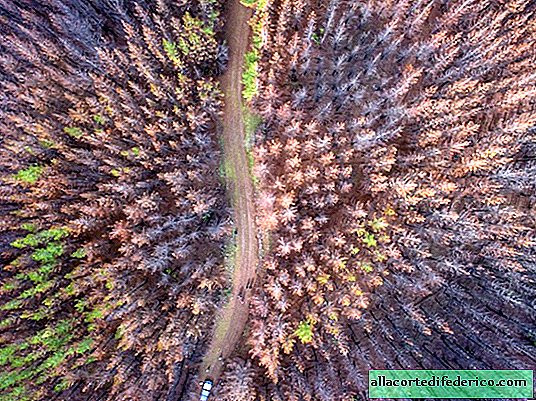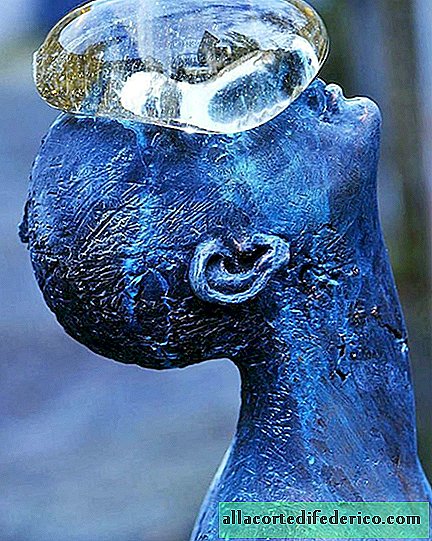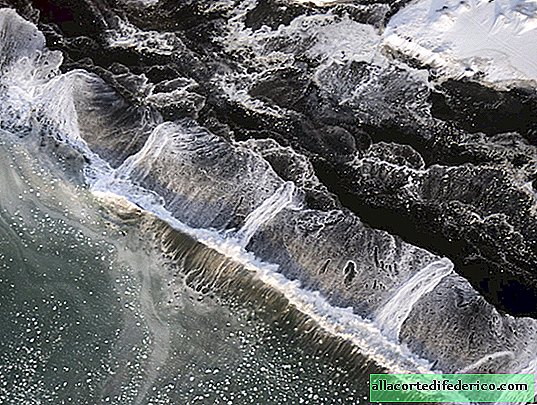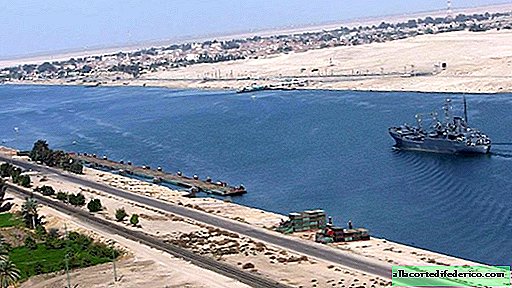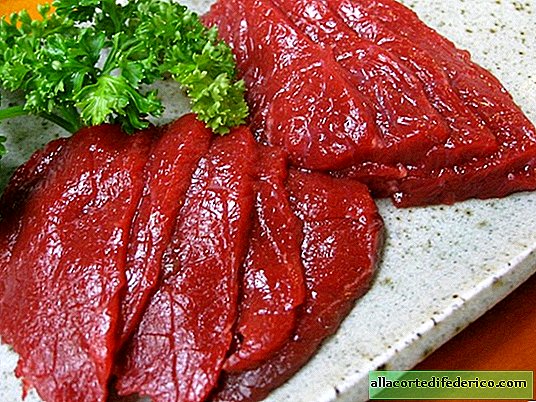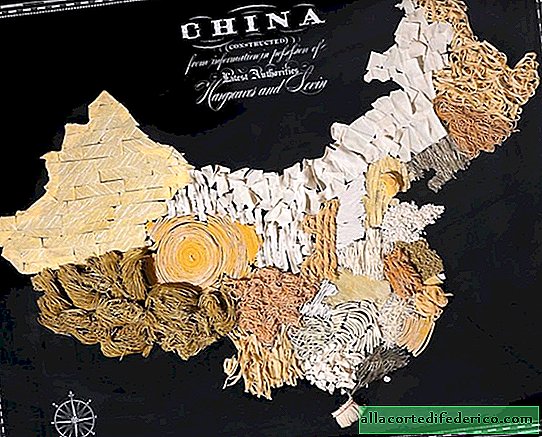How Tajiks live in their homeland
If you forget for a moment about the images of Ravshan and Dzhamshut, firmly entrenched in the Russian mass consciousness, and think about the question “Who are they, these Tajiks?”, Then most Russians will have about the same answer. I'll try to guess. Tajiks are immigrants from Tajikistan working in Russia as migrant workers at construction sites, traders in stalls, posters of advertisements, car mechanics in garages, street cleaners and minibus drivers. Tajiks live in decrepit dormitories, in basements, in cramped rented apartments of one hundred people or worse, in abandoned houses ...
All this, maybe so. Today I wanted to talk about something else. Let's get to distant, hot Tajikistan and see how the family of the most ordinary guest worker Davladbek lives, who works as a welder at a construction site in Yekaterinburg nine months a year and sends money to his homeland to support his family.
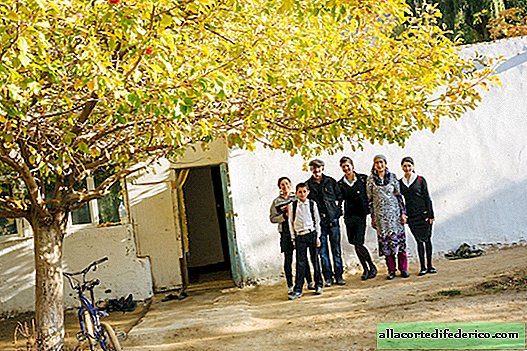
Here it’s worth making a clarification that the case took place in October 2014, when the ruble was already cheaper, but not so fast.
We were running out of water. The Panj River was noisy and bubbling nearby, but its waters were too muddy. And besides, we were told that it is better not to approach the river - after all, the border with Afghanistan.

In a small village, we stopped at an inconspicuous and only store in the hope of finding at least some water on sale. But the store sold everything wrong - carpets, mattresses and kurpachi. Still sold washing powder and toothpaste, but there was no water. Behind the counter stood and embarrassed, dropping black eyes, a girl of about thirteen, who spoke Russian very poorly.
We had a dialogue like this:
- Where can you buy drinking water in your village?
- Water is possible, a stream - and the girl showed her hand somewhere to the north-east.
It is quite logical. Water is not for sale because there are mountain streams. What did we not immediately guess?
- Do you have a dining room or cafe where you can eat?
- To eat? Can! Dad will come eat!
Further, the events of the day developed according to the scenario of the good old joke: "You don’t have a drink, otherwise you just want to have no place to spend the night ..."
The girl confidently led me by the gate into the yard. She walked and looked around all the time, smiling shyly and as if afraid that I would stop following. We went through some gardens, a field with potatoes, a large parking lot with a ditch and an old UAZ under a tree. At the end of a large plot that was larger than a standard football field, a one-story house was whitewashed.

The girl went into the house and called the father of the family - Davladbek Bayrambekov. Davladbek spoke good Russian, so our conversation began traditionally:
- Where are you from Moscow, which region? I went to Red Square, I remember it was cold.
It is worth noting that the adult Tajik men with whom we talked anywhere, have visited Moscow at least once and have worked somewhere. Everything! Statistics are one hundred percent. That is, they were our guests, even if we are not famous for hospitality. And we do not.
We met, began to talk about our journey and that we were looking for water in the village in the store. Davladbek laughed, invited us into the house for tea and explained that we no longer need to go further that day, because his wife was already preparing dinner, and after dinner the weather would go bad and it would rain. And that sleeping in tents in the rain is a dubious pleasure.
Of course, we agreed to tea, but politely refused to stay the night, citing a strong lag on the travel schedule.

After our trip, I can responsibly declare that Tajiks are very hospitable people. In Russia, they are completely different from those at home. In Moscow, these quiet and sometimes clogged guys behave quieter than water, lower than grass, but at home it’s completely different - a guest for them is always a great joy. Any owner of the house considers it his duty to accept and deliciously treat the guest.
Each house has a large mehmonhon room, designed specifically for receiving guests. Family celebrations and weddings are also celebrated here.

A tablecloth is laid on the floor - dostarkhan. Tea plays an important role in feasts. Pours his youngest man. They drink, as is customary, from a bowl, which you need to take only with your right hand, and keep the left on the right side of the chest.
An interesting fact - the first bowl of any drink is not poured by someone, but by himself. All this is just a custom, so that others make sure that there is no poison in the drink. In ordinary everyday life, the eldest from the family takes the first meal, but when a guest is in the house, this honor is granted to the guest.

Tajiks are sitting on the floor, covered with beautiful carpets and mattresses stuffed with cotton or cotton, which are called kurpuchi. According to their rules, you can’t sit with your legs extended forward or to the side. Lying is indecent too.
Portrait of a young Davladbek during his service in the Soviet army.

The main human-forming cell is the family. Tajik families are large, with an average of five to six or more people. Children are brought up to obedient obedience and respect for elders and parents.
In rural areas, girls do not complete more than eight classes. Indeed, according to tradition, a woman generally does not need to be educated. Her mission is to be a wife and mother. For Tajik girls, it is very scary and shameful to be a "re-sid". Not getting married on time is worse than the worst nightmare.
Only women do housework. For a man, doing such a job is shameful. According to established tradition, for the first six months, a young wife cannot leave her husband’s house and cannot visit her parents.

We got into a conversation over tea. Davladbek said that Tajiks love Russians, and Russians treat them well. Then we asked about work. It turns out that in the mountain villages of Tajikistan there is no work at all for the money. Well, except for doctors and teachers, although their salaries are ridiculous. Each doctor and teacher has his own garden and holds cattle to feed his family - otherwise nothing. In order to somehow live, all adult men go to work on the "mainland".
So we smoothly moved on to the topic of the mechanism for the delivery of guest workers to Russia. After all, the whole male population of a sunny country cannot take and go to work for us when they don’t have money even for a ticket ...
Davladbek told us about the "company". Representatives of large "companies" (which we did not understand exactly) regularly come to all villages, even the most distant ones, who are recruiting representatives of various professions to work in Russia. Each candidate signs a contract. Then these same “companies” send Tajiks to Russia for their money and arrange them for work. But at the same time, every guest worker does not receive any money for the first month - he gives the entire salary to the same “company” for his transfer to Russia.
Salaries for the last month of their work Tajiks spend on a ticket home to their families. Because of this, it turns out that driving less than a year does not make sense.
Davladbek is a professional welder. He officially works at a construction site in Yekaterinburg, has all the necessary documents, registration, permits and certificates. In 2014, his salary was 25,000 rubles, of which about 19,000 went for housing, food and travel. Davladbek sent about $ 200 a month to his family in Tajikistan, and this was enough for his family to buy all the necessities that cannot be produced independently in the village.
Having enjoyed tea and refreshments, we were going to go further, but Davladbek suggested going to the water mill, which he built himself. We became interested, and we went somewhere up the mountain stream.
The metal structure in the photo is part of the canal that encircles the hills and goes through the villages downstream the Panj. A fragment of a huge irrigation system, built back in the days of the Union and working to this day. Excess water from the canal system is discharged into mountain streams using hand-held metal gates.

And here is the mill. Let it not be as beautiful as we imagined, but it is a real museum of technology. The design of the mill is the same as it was a thousand years ago!

Through a wooden channel, water from a mountain stream enters the mill.

Water transfers hydropower to the water wheel and spins it. Thus, a large round stone is unwound, into the center of which grain is fed through a mechanical separator. The grain falls under the stone and grinds, and the centrifugal force pushes the finished product - flour, to the consumer.

Residents from neighboring villages come to the Davladbek mill. They bring their grain and also make flour, from which they then bake bread. Davladbek does not take money for this. Residents themselves, as they consider it necessary, leave a small amount of flour in gratitude. The door to the mill is always open.

Here it is, an ingenious hydraulic engineering structure of the 21st century!
Davladbek was right. Heavy gray clouds hung from the gorge, and soon the rain was gaining momentum. The fog descended almost to the village itself, it became dank and chilly. The thought of spending the night in a tent triggered a chain reaction of pimply goosebumps all over the body.
- Don't stand, go through the house. My wife is ready, ”said Davladbek,“ sleep at home today. ” Have a good sleep. Tomorrow morning you will go well with the sun.
Davladbek was right again. We stayed for the night. I want to say a big thank you to Davladbek and his whole family for sheltering us! It froze well in the morning, and until the sun rose, it was completely chilly. I could feel it well, having run in a T-shirt to the toilet, which was in the far corner of a huge plot.

We had breakfast. Davladbek’s children said goodbye to us and fled to school. The school was in a neighboring village.

Upstream, fifteen kilometers from Ishkashim were the ruins of an old fortress dating back to the 3rd century. Until recently, in the ruins of an old fortress there was a border section.

Davladbek showed us the way to the fortress and arranged a short excursion there. Panorama of Afghanistan.



To the left behind the narrow gorge of the river are Afghan houses and fields.


Outwardly, the life of the Afghans is no different from the Tajik side. Unless there are no paved roads. Previously, these lands belonged to one people.
You should not assume that all Tajiks live like the heroes of our report. We lived in the Pamiri house, a hundred meters from the border, away from large cities. In the modern world, the inhabitants of Tajikistan began to build their lives in the image of the West. However, there are still many families who value their traditions.
Tajiks come to us not from a good life. It seems to me that no Pamir man would ever trade his mountains for dusty Moscow. Going to work, for months and sometimes years they do not see their relatives, their children.
Now I often pay attention to the Tajiks in Moscow. I immediately recall Davladbek, his house, his family, his hospitality and his mill. I talk to my janitors and salespeople in a tent. At first they look incredulously, because they are used to the fact that only the police pay attention to them, but then they are very happy when they find out that I visited their homeland and that I really liked it. And then it is my turn to ask:
“Where are you from?”



